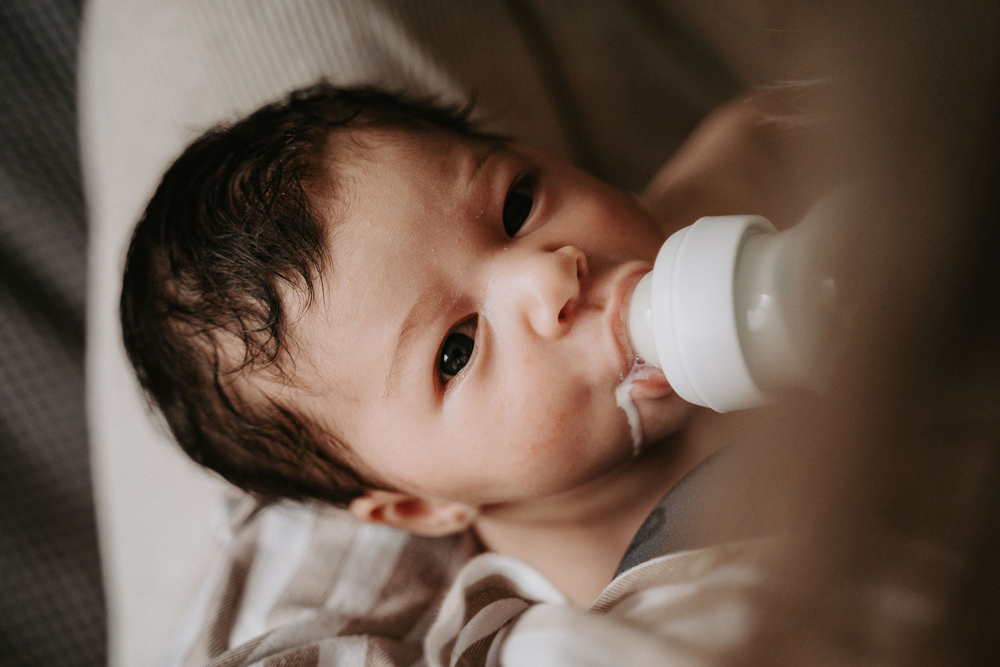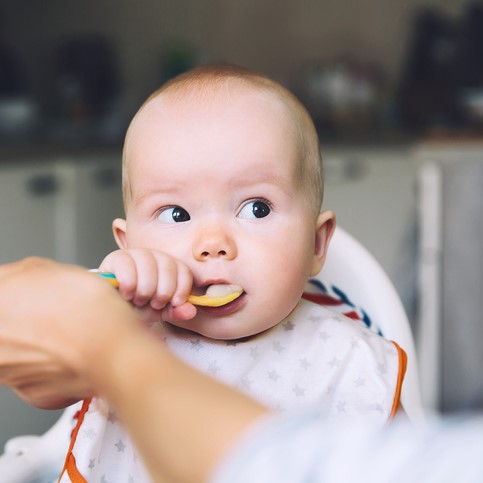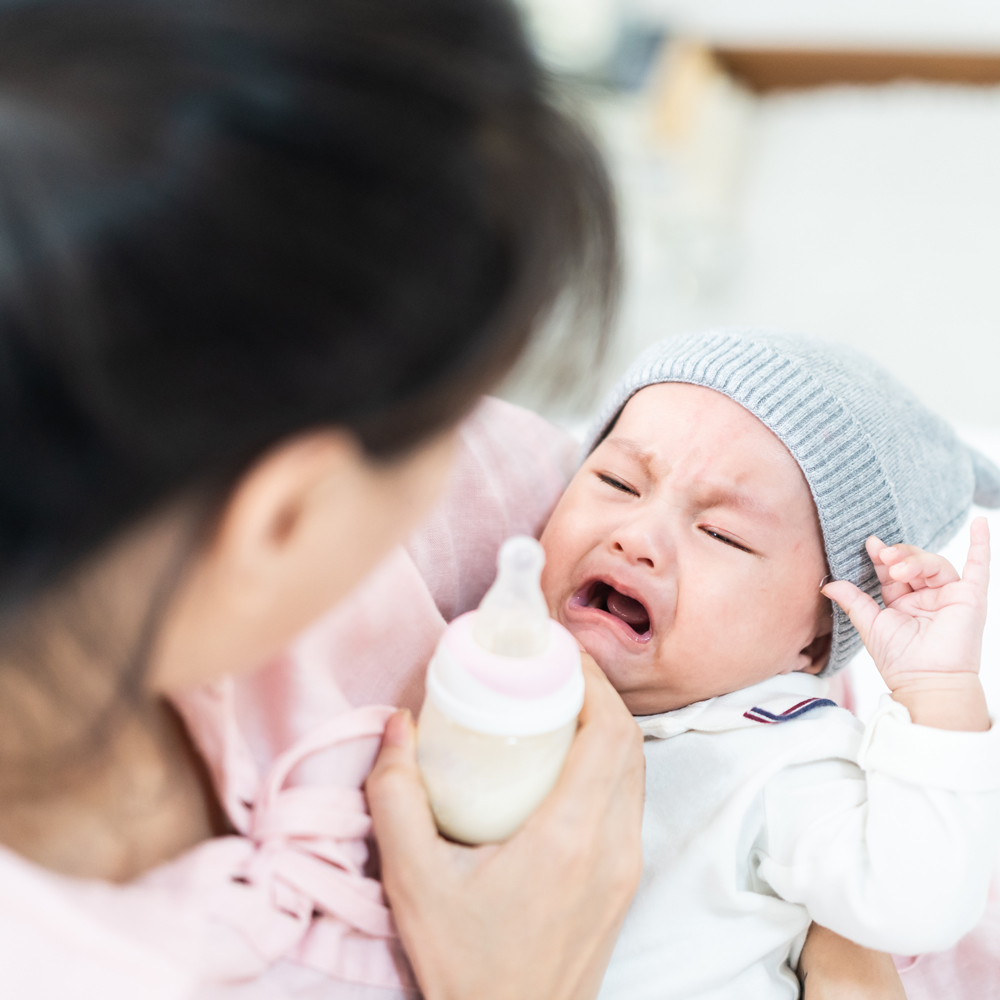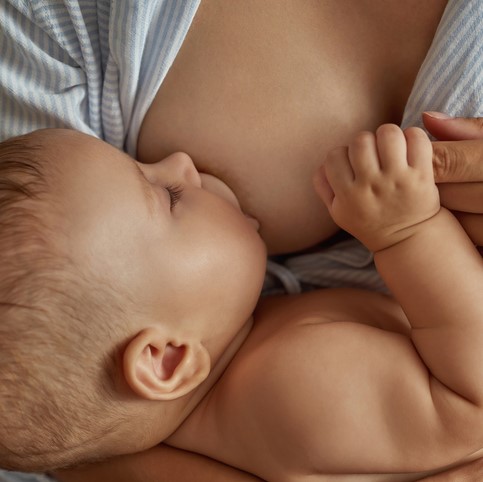Bottle Feeding? What ‘Responsive Feeding’ Means and Why It’s Important

PHOTOGRAPHY Catherine Smith @catherinesmithphotography
PĒPI Sophie
You and your baby can still have a close and loving experience while bottle feeding.
Whether it’s expressed breast milk or infant formula, if you’re bottle feeding your pēpi there are some recommendations you can embrace to safely establish feeding and promote bonding.
So, what does ‘responsive feeding’ mean? Essentially, it’s when a parent responds to their baby’s cues and recognises that feeding – whatever the method – is not just for nutrition but for love, comfort and reassurance too.
These tips can help your baby’s brain to develop and encourage them to feel safe and secure while having a bottle:
- Hold your pēpi close in a semi-upright position so you can look into your baby’s eyes and talk gently to them while feeding.
- While bottle feeding, change sides during a feed or at every other feed to encourage head and eye movement.
- Look out for signs that your baby is hungry, rather than timing or scheduling feeds.
- Practise paced bottle feeding by keeping the bottle just slightly tipped (almost horizontal) to ensure the milk or formula doesn’t flow too fast. Allow baby to take breaks as often as they need.
- Throughout the feed, stop and check to see if your baby wants more.
- Let your baby guide you. If your baby is showing signs of having had enough, stop the feed. Do not force the teat into their mouth or encourage them to finish the bottle if they are full.
- If your baby still seems hungry after finishing their bottle and demands more, you can offer them more milk.



